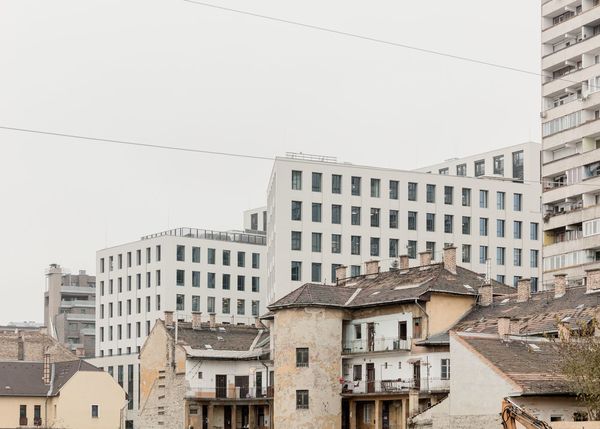The interview book Digitális perspektívák (Digital Perspectives) was published in November 2021 and gives a picture of the Hungarian digital media through the stories of its characters, who were shaping the beginnings and present of the Hungarian new media art, including László Barabási-Albert, Tamás Waliczky, and Prezi co-founder Ádám Somlai-Fischer. The author of the volume, Szilvia Seres herself is a versatile player in the profession—she started out as a new media artist, working as a digitization expert and educator, she was the first to lead a game design training at home, but also launched a dialogue on the position of women in the IT sector. Interview!
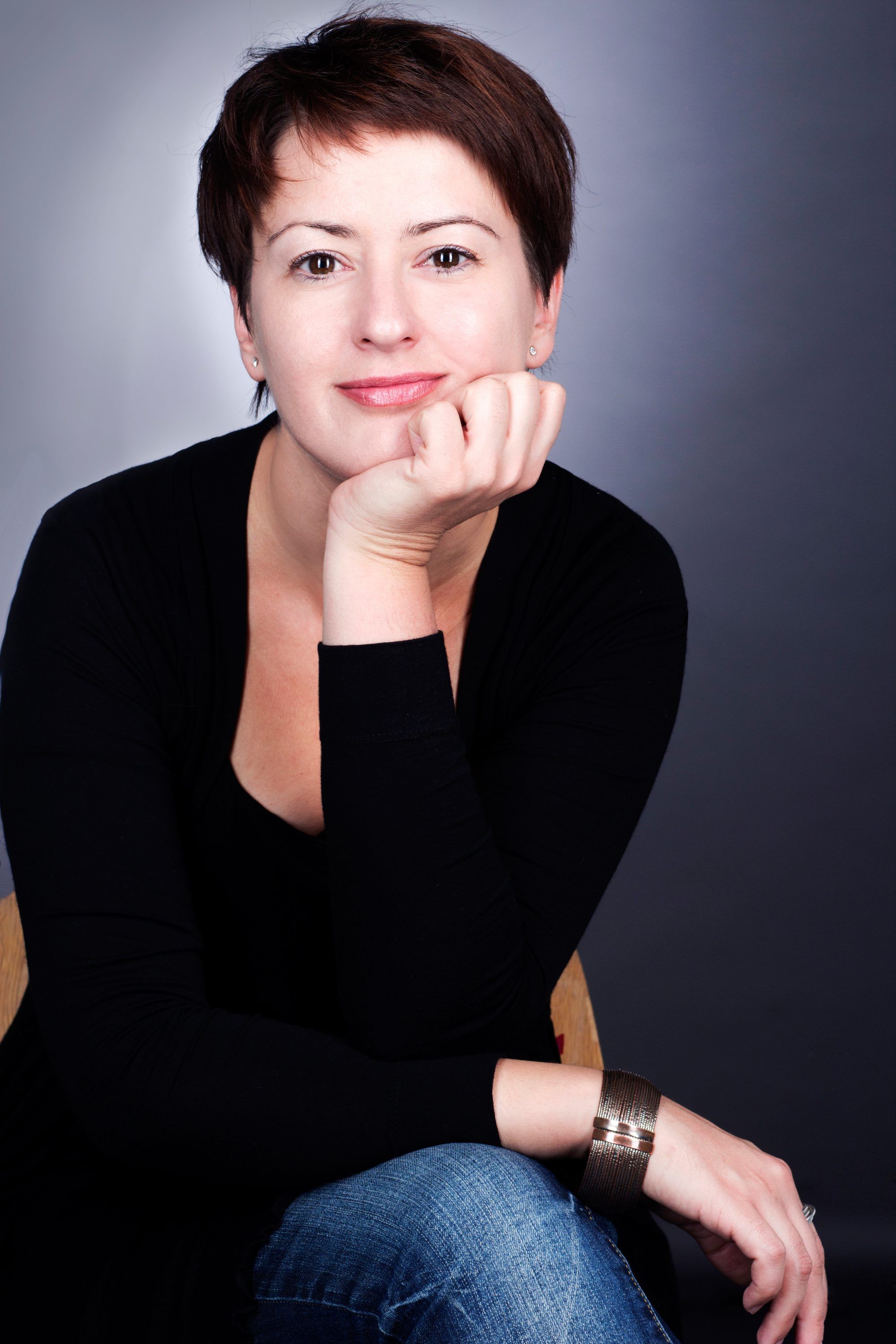
How did the media art direction come into your life?
As a teenager, at the encouragement of my father, I showed my drawings to Dóra Maurer, which were not good. Dóra told me to forget about it, and I was so offended that I had started a process of creativity development in myself that I think continues to this day. At the age of 18, when I went back to her, she recommended me for a television show for a few days and tells in her circles that she was “surprised”. I was experimenting with a lot of things back then (photos, photocopies, sound, etc.), but drawing was still not appealing. Luckily for me, the Intermedia Artist course was launched at the Hungarian University of Fine Arts in 1993, focusing on the artistic use of new media and the approach to seeing theory/practice, science, technique and art as a whole.
As a member of the Nootropic group, we participated in the Ars Electronica festival in 1994 with a network piece of art. Then I got involved in several art projects and developments. I worked together with Márton Fernezelyi and Zoltán Szegedy-Maszák, and with András Tüdős, who later helped to introduce ADSL technology at Matáv. I have an eternal curiosity that makes me love to try new things. In C3, I had access to every cutting edge technology at the time.
In recent years, you have done significant work in the field of art mediation and education. In your recently published book, Digitális perspektívák, we will find a selection of interviews with digital professionals that have been gathered for years, completed with historical introductions. Your conversation partners are diverse: a new media artist, an industrial designer, a communications professional. How did you choose your interviewees?
I’ve been able to try myself in many areas, and that has also brought in a relatively large network of contacts. It was necessary several times to put together interdisciplinary teams, for which this network of contacts was handy, but it also helped me a lot when I ran a university innovation lab. As a media mix editor-director, I already reported on Prezi when it was called ZUI. I love discovering and showing the new, the progressive things and helping talents.
In my digikult.hu project, at the beginning I published interviews with artists, which are partly portraits, but also track the changes in technology in the artist’s practice. I am interested in how they see the widespread use of new media, the spectacular transformation of the artist’s role, and the increasing appreciation of interdisciplinarity. I also quickly realized that the dividing line between art, research, and the market is getting thinner, and how strongly digitalization is impacting everything that surrounds us. For this reason, I started to deal with the development of Hungarian digital culture as a postdoctoral research in 2014.
I choose the subjects, because of their performance, visibility, or even invisibility. There are many things I want to show and explore, so that we can better understand where did we get from where we started, which also shows the human side through the examples of my partners. I’ve already received feedback that it’s kind of a “Hall of Fame,” which felt very good.

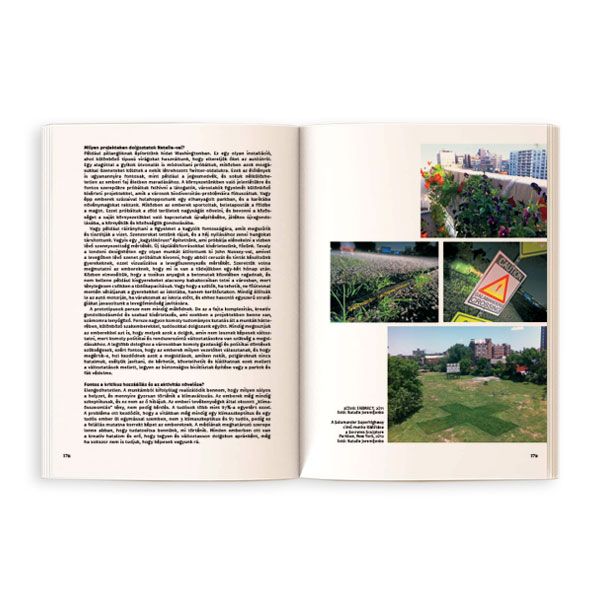
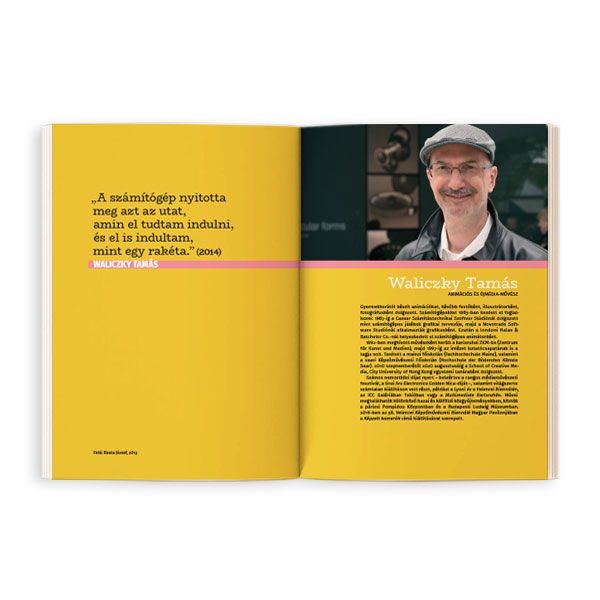
In 2015, you started the Game Design and Analysis training course at BME. According to what concept and with what results did the education take place here?
I became a teacher because of knowledge sharing and because I consider it important to introduce progressive, technological training in higher education reflecting market expectations and changes. The Faculty of Economic and Social Sciences (GTK) launched the Game Design and Analysis training course at BME. In addition to the industry partners, I also managed to work with excellent professionals from the academic department of the Faculty of Electrical Engineering and Informatics (VIK). Many things have been confirmed by the training, it should have been developed, due to the rapid changes and emergence of new technologies, it should have been redrawn almost every year, but I didn’t undertake that task. I put a lot of energy into the course, but in the meantime, I was asked to run a university innovation lab and the two were just not compatible with each other. Although it was announced the following year, the training course did not start.
As of October 2021, you have also thematized the situation of women in the IT sector, along with those invited as the host of the IT Angyalai (IT Angles) podcast. Why did you start dealing with this topic, and based on the conversations of recent months, what were the most exciting insights for you?
I was very pleased with this request, because I think it is important that we also talk about issues that adversely affect women in the field of information technology. It is due to societal, unfounded prejudices that only a few women choose the STEM field today. While the IT industry has recognized the benefits of diversity and is working to reduce inequalities between women and men, this would require overcoming early-onset stereotypes. The DESI 2021 report also shows that we were in the last third of the field among ICT professionals in 2020.
Women’s innovations have been dominant in the past and still are today. It is reassuring that they are appearing more and more in public awareness as well. However, the change in discrimination must happen in the minds. In addition, women need to make their voices better heard and be more courageous. I was involved in the first ten episodes, but I look forward to continuing.
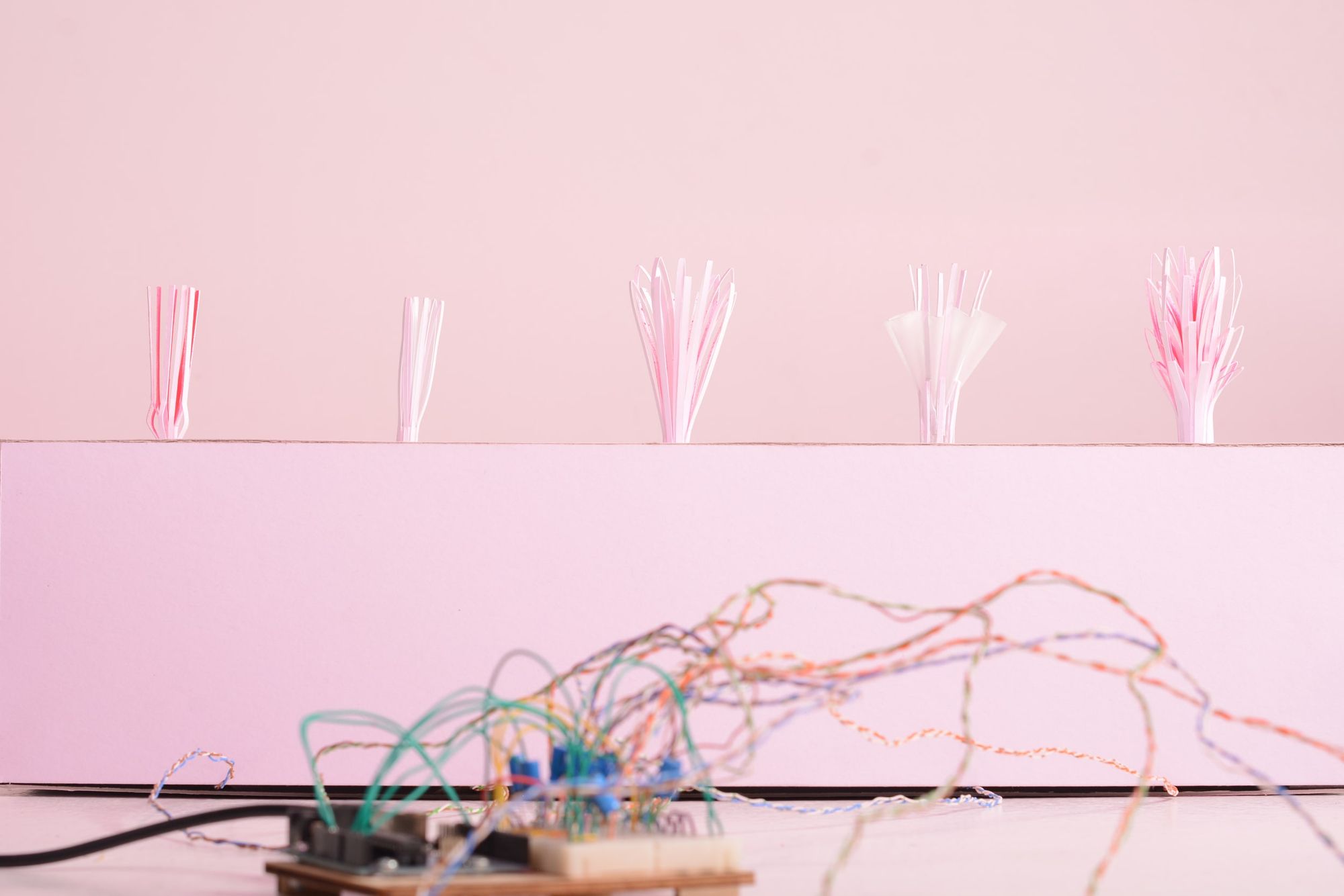
In a 2015 lecture, you mention that you are very lucky because as a digital immigrant, you live in the age of analog technology and have lived in the time of transition to digital. Some analog technologies, such as analog photography or vinyl fever, are once again experiencing a renaissance. What do you think about it?
Digital music formats are based on sampling. When the CDs were released, the sampling was 44.1 kHz. An analog vinyl record, on the other hand, also offers a better experience with a high-quality player and sound system. Those, who really cared about sound back in the nineties, got their CDs from Japan, where 48 kHz was the prevailing standard at the time. The spread of MP3 has also led to a deterioration in the sound quality of music. My husband, for example, is now annoyed that songs are constantly being remastered on Spotify. They are simply adapted to the sound world of the age, while many would be curious about the original. After every major technological change, there is a kind of setback. We have been buying e-books for years, but for the most part, we only read physical copies, the situation is similar with photos. But the point is, the ritual of listening to music is quite different with a record player.
What challenges do you think new media artists face with the much-mentioned phenomena of digital technology recently, such as the spread of the idea of cryptography and the metaverse?
In 1989, Tamás Waliczky wrote in his manifesto entitled The Manifesto of Computer Art that it had yet to be invented. Today, his focus is constantly shifting to learning newer and newer forms of expression. Today, it is the realm of drones, artificial intelligence, virtual reality, interfaces (human-machine interaction) that encourages artists to experiment and create interactions the most.
NFT has actually solved the uniqueness of digital files and objects, it has no effect on the creative process, we will see where it leads. I think it serves mostly art trade purposes and allows new members to enter.
The metaverse is still very much the future, and one of the big issues in its realization is the interface. When we look at something on a screen, projector, or just play, there is always an environment around us that frames it all. However, VR has a total impact on one of our senses, vision, because in virtual reality-based solutions, the framework in the physical space is lost. The real “virtual reality,” of course, will be when all of our senses are simultaneously affected by a device that transmits stimuli directly to our brains. The solutions known so far will only change our perception of reality, and future solutions will practically replace reality. It will in fact be the Matrix itself, like the biochip, the bio-nervous system interface in the Black Mirror series. Perhaps Elon Musk and his team are probably not just scratching the surface in this field…
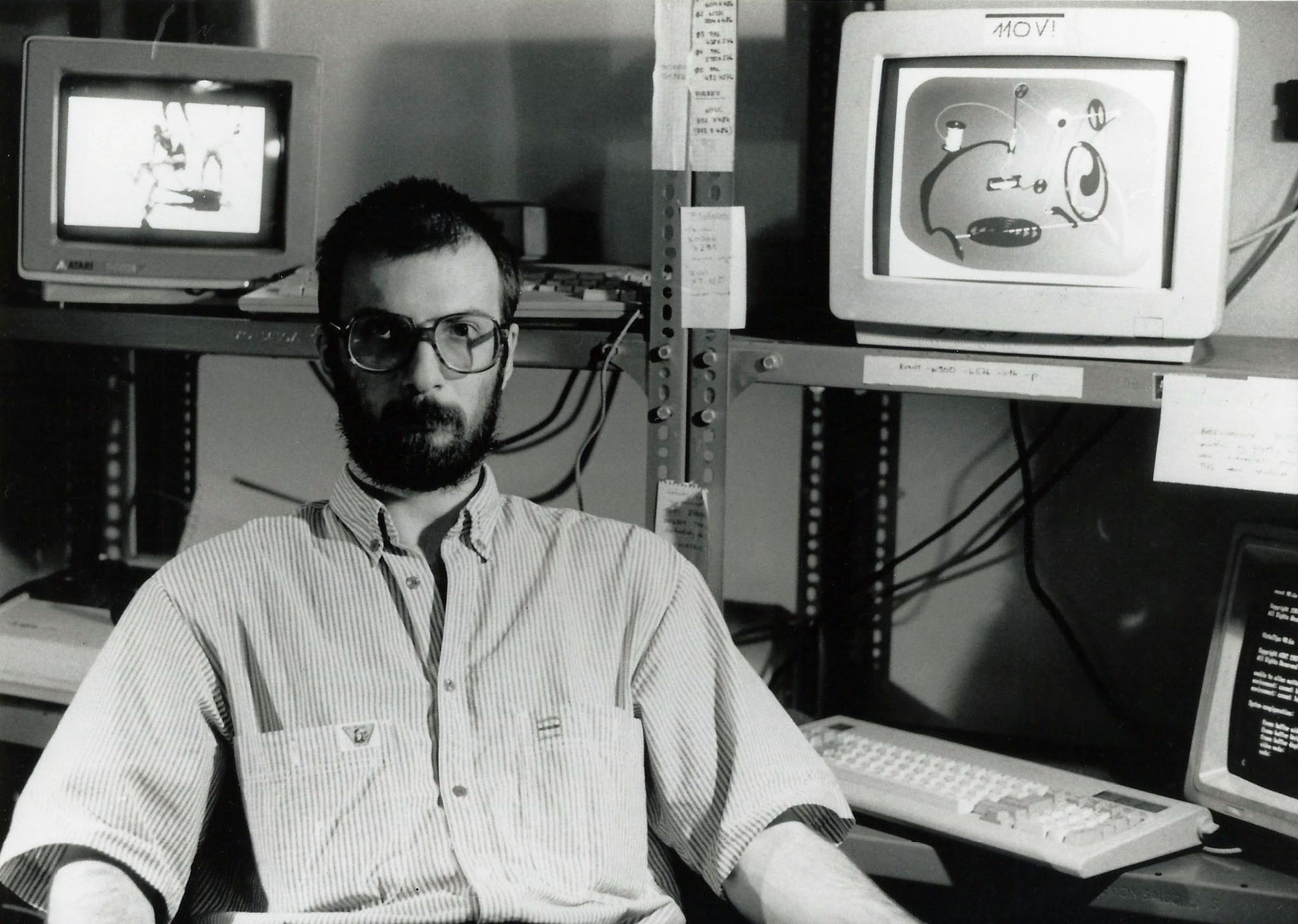
Digitális perspektívák can be purchased at the Ludwig Museum, the ISBN Gallery, the Kunsthalle, the Museum of Fine Arts, the Hungarian National Gallery, the Vasarely Museum and the webshop.
Cover photo: BarabásiLAB: Hidden Patterns, The Language of Network Thinking (10.10.2020-26.06.2021. Ludwig Museum) Photo: Dániel Végel/ Ludwig Museum
Szilvia Seres portrait photo: Ora Hasenfratz

“For me, the community is the most beautiful thing about natural wine” | Interview with Rebeka Győrfi
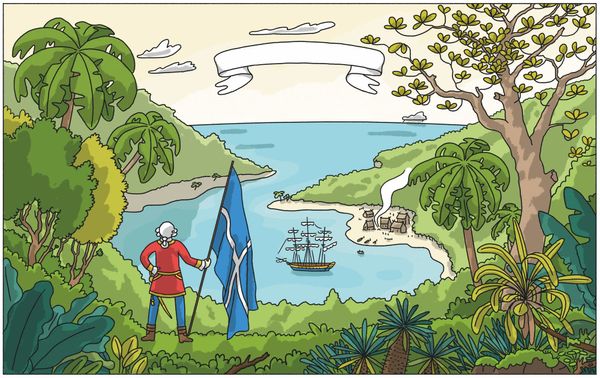
A (super)hero from our common history
